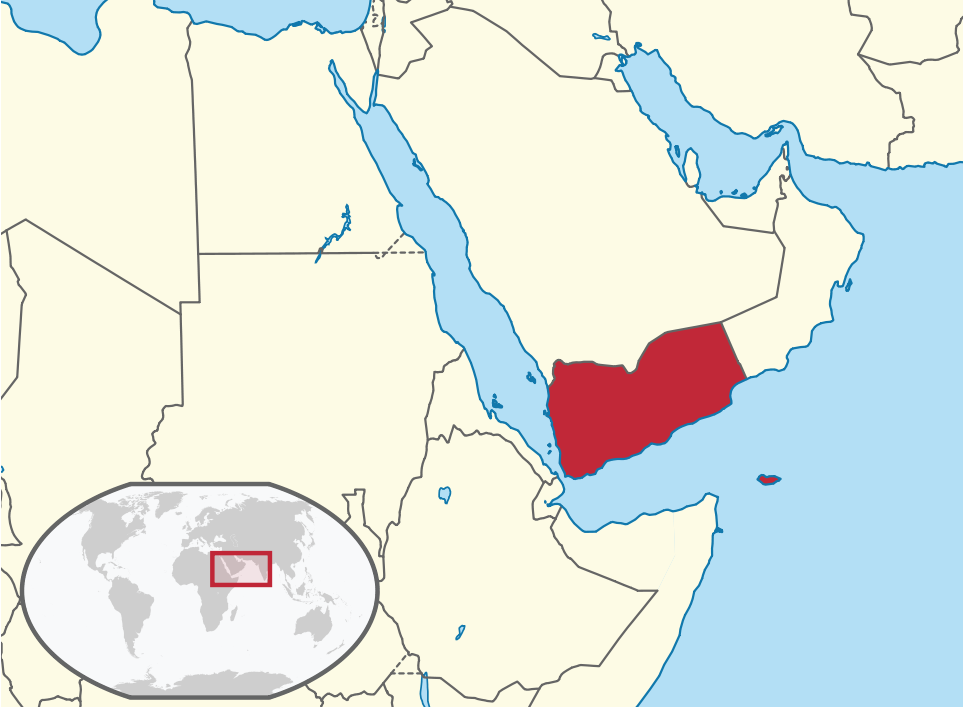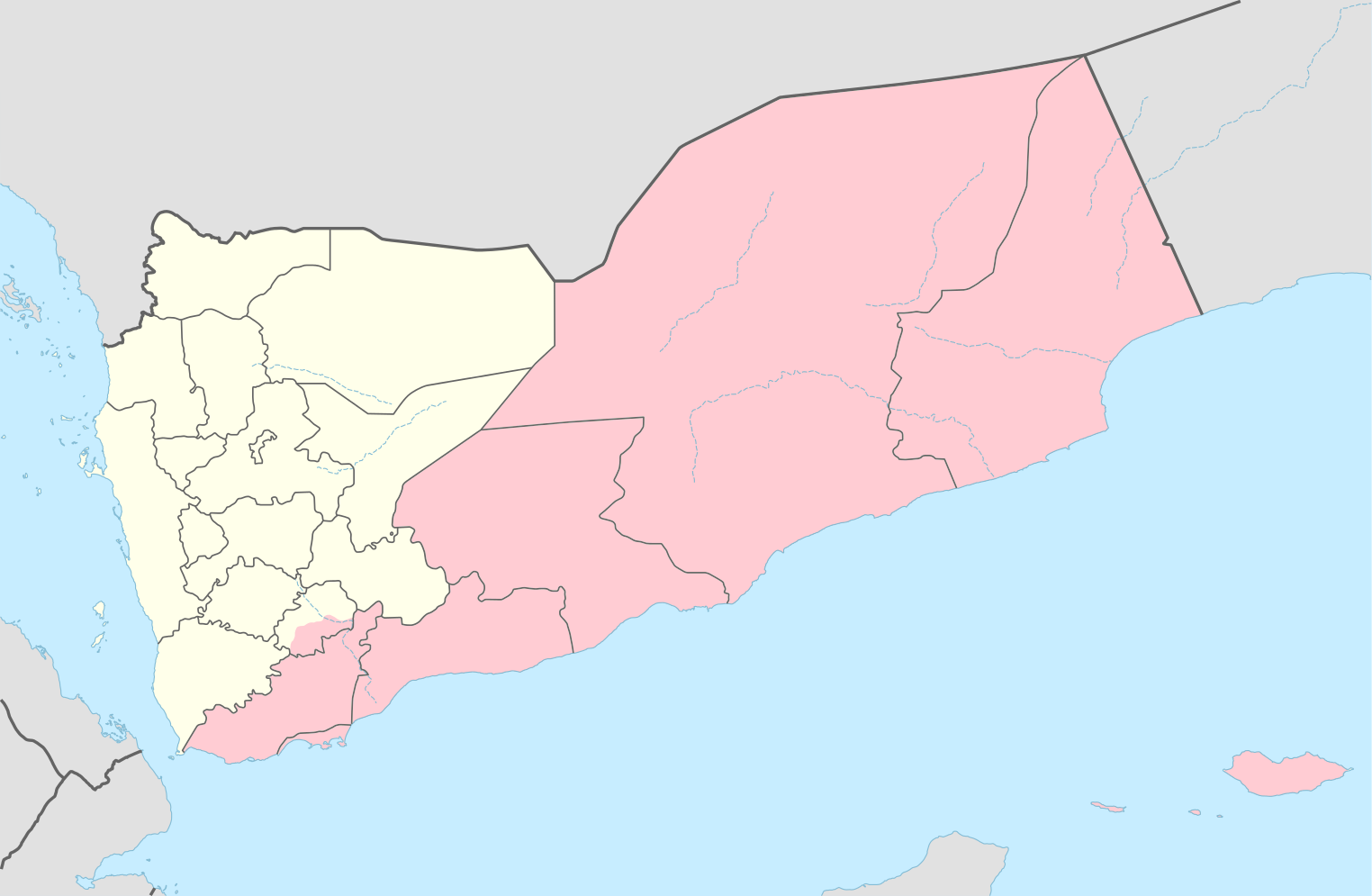Yemen // The Silent War – A Divided Country~ 6 min

Part 1 of 2. Part 2 here.
By Nguyen and Bruno Garrido.
In the southeastern Arabian peninsula, Yemen faces a war of extermination. Millions of people, from children to the elderly, are dying of hunger, preventable diseases amidst the wreckage of a silent war. A country which has been forgotten by the world and given over to the misery caused by the largest terrorist organizations in the modern world – the US and Saudi Arabia. Millions of people have been abandoned by Western media, which omits the ongoing genocidal campaign, sponsored with Western armament and logistical support. To understand the history of Yemen is to know the story of two countries as distinct as their great ethnic and religious diversity which, due to a forced unification, have been led into armed conflict. After Iraq, Afghanistan, Libya, Syria and many other wars, the genocidal coalition now buries Yemen in a social abyss.

Yemen in 20th century
After the First World War and the defeat of the Ottoman Empire, the Mutawakkilite Kingdom of Yemen was established. After British decolonization in 1962, the Arab Republic of Yemen (ARY) was founded in the north and, to the south in 1967, the Democratic People’s Republic of Yemen (DPRY). It became the first Marxist country in the Arab world, with the support of the USSR and the Egypt of Abdel Nasser.

The fall of the USSR which was ongoing in 1989 led to the international isolation of the DPRY. This eventually led to a forced unification with the north in 1990. Capitalist interests targeted the natural resources along the Red Sea coast for exploitation as soon as possible. After the unification of Yemen, the Socialist Party was persecuted by the northern forces, causing the south to once again declare independence and start a new civil war in 1994. This movement was defeated by the forces of the north. However, the roots of an independence ambition remained. In 2007 they would lead to the creation of the Al-Hirak movement, which aimed for the independence of the south of the country.
The first elections in unified Yemen happened in 1999, which lead to the victory of the ARY candidate. Supported by the Saudi-American coalition, General Ali Abdullah Saleh won with 96.2% of the vote. Saleh was in charge of leading a deeply divided country of around 25 million people.
A broken country
However, there were enormous protests against the dictator who turned Yemen into a vassal of the US and Saudi Arabia. Several movements radicalized the contestation against the president. On the one hand there were the southern independence movements linked to the former Socialist Party of Yemen and other leftist groups. They formed the “Movement of the South” (Al-Hirak), which sought independence for the south of the country.
In the north are the Houthis, who were born through the “Young Believers” movement which has its base of supporters in the Zaidite (a minority of Shi’ite) population in the north of the country. Although formed in 1992, this movement only asserts itself politically with the organization of protests in Yemen against the US invasion of Iraq in 2003.
In 2004, General Saleh ordered the arrest of the leader of the “Young Believers”, leading the Houthis to launch a rebellion against the government that only ended in 2010 after a ceasefire agreement. This agreement didn’t last long. A year later, the Houthis again took to the streets in a wave of protests that demanded the resignation of President Saleh. He was accused of being a dictator and heading an extremely corrupt government that brought Yemen to social and economic chaos.
The siege of the general led to his resignation in 2012 and the subsequent election of his successor, Abd Rabbuh Mansur al-Hadi, a war minister who was responsible for the persecution of supporters of the al-Hirak movement in the south of the country. The increase in supporters of the Houthi movement at this time can also be explained by the emergence of parties proclaiming Salafist ideology, such as the Muslim Brotherhood connected Al-Islah. They grew rapidly in territories of Zaidite majority and this led to the strengthening of the Houthis as their opponents, increasingly seen as a resistance force. Al-Islah members have always been propagators of takfiri extremism, serving as repressive forces against the Shia community. In 1994, they participated in the war against southern independence. They are nothing more than puppets of the genocidal and colonizing interests of Saudi Arabia.
In counterbalance, the Houthis are today the “spearhead in the sovereign forces of Yemen, very similar to the Lebanese Hezbollah. Although they have a confessional identity, they defend a pan-Islamic and pan-Arab view of society, thus gaining enormous sympathy within the national army, as well as the support of numerous Sunni tribes, allowing us to explain the role they play in this war.”
In another round of jihadist recycling, several fighters returning from Afghanistan and Iraq have continued their terrorist activities in the country, with a new nomenclature: Al-Qaeda in the Arabian Peninsula (AQPA). This group announced the formation of a “state” (wilaya) in December 2014. In March 2015, they announced their first strike: suicide bombers attacked two mosques in Sana frequented by Zaidists, killing 140 people.
The story of an endless war
Several events help explain the disaster situation in Yemen. In 2013, the Yemen National Dialogue Conference intended to rewrite the country’s constitution into a federal system. It was suddenly abandoned because several Houthis leaders were murdered during the process. A year later, the government decided to withdraw state subsidies for fuel, triggering an escalation in protests demanding the resignation of al-Hadi. The pressure on the president increased until he decided to resign at the beginning of 2015. This lead Yemen into another political crisis. The Houthis urged various political groups to form an interim presidential council to try to remove Yemen from social chaos. At the end of February 2015, President al-Hadi manages to flee from Sana (the country’s capital), where he was imprisoned. He escapes to Aden, the second most important city in the country. In a last attempt to maintain power under Saudi influence, he claims it to be the new capital of Yemen.
After militarily taking the real capital, the Houthis, together with other political forces and movements, implemented a constitutional declaration. They planned to create a “551-member National Transitional Assembly that would replace Parliament, as well as the creation of a 5-person presidential council that would fulfill the function of the presidency of the Republic with the functions of holding presidential and legislative elections. Foreign policy would be based on the principles of good neighborliness and non-interference in the internal affairs of other countries.”
Unhappy with how the war in Yemen was proceeding and with a supposed increase in Iranian influence over the country, the Saudi-American coalition decides to begin military intervention in 2015.
End of part 1. Part 2 here.




